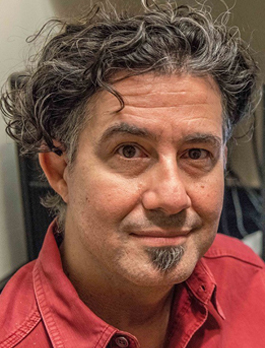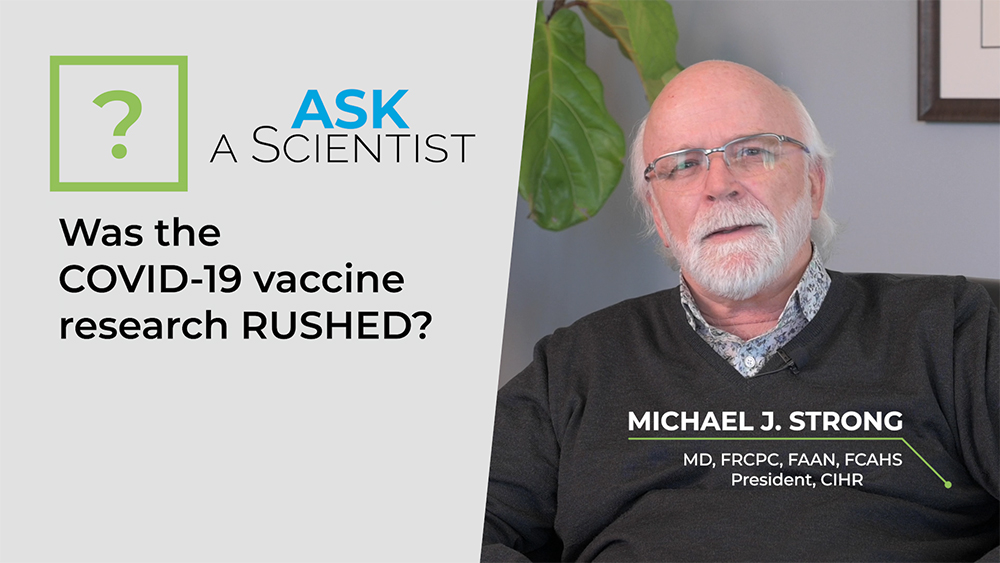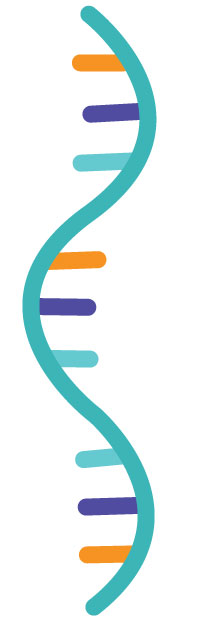The long road to mRNA vaccines
Today’s success with mRNA vaccines against COVID-19 comes from the decades of research that came before it.
The big question
Was the science behind the COVID-19 vaccines rushed?
The quick answer
The science behind the new COVID-19 vaccines has not been rushed. In fact, these vaccines are building on decades of scientific research.
The story involves hundreds of people all over the world and highlights the importance of fundamental and applied research. Advancements in our understanding of messenger RNA (mRNA) and its potential for use in medicines, along with the creation of new technologies over the last 30 years, made these vaccines possible. Recent research on coronaviruses, in particular, made these vaccines effective.
Curious about the benefits of getting vaccinated against COVID-19? We’ve got you covered.
The longer story
Headlines around the world have focused on how quickly vaccines against COVID-19 were developed, but there is no such thing as an "overnight success" in science.
These vaccines—and the ones that use messenger RNA (mRNA), in particular—are building on decades of scientific research.
- Fundamental research (sometimes called basic research) focuses on the underlying mechanisms of biology and the cellular, molecular, and physiological basis for health and disease.
- Applied research teases out the knowledge acquired through fundamental research in the hopes of putting it to a specific use, like new medicines and therapies.
The story behind these mRNA vaccines and the related technologies involves hundreds of people all over the world who have worked in fundamental and applied areas of research over time. Their efforts helped to create the knowledge base that led to the wonderful vaccine developments we're seeing at work today.
Wait a minute. What the heck is messenger RNA (mRNA), anyway?
Right now, your body is using millions of tiny proteins for its regular functions, just to stay alive and healthy.
Messenger RNA (mRNA) is critical to all of this because it’s what your body uses to tell your cells which proteins to build. Read more
Decades of progress
This “knowledge base” is exactly what it sounds like: it’s a foundation of knowledge that has been built through hard work. Every surprising study, every failed experiment, every paper published—in the world of science, these are all small steps of progress. And when it comes to mRNA, researchers have been taking these steps for decades.
The timeline provides a few of their highlights.
1980s

1990s

1995

2005

2007+

2010s

2014+

December 2019

January 2020

January 2020+

These scientists and others were able to move quickly when the pandemic hit because decades of fundamental and applied research had already been done.





It was all of this research, from the curiosity-driven studies of lipids to the ever-improving experiments with synthetic mRNA, that made these vaccines possible. And it was the intense study of other coronaviruses that made these vaccines effective, particularly the studies that focused on the famous “spike protein” in recent years.
In the end, it was this the scientific evidence and hard-earned knowledge that came from previous research that led to the rapid development of safe and effective vaccines.
The science behind the COVID-19 vaccines was not rushed.
If anything, the story behind them—and the decades of research within that story—is remarkable.
- Date modified:














